
The ocean currents that make up the Atlantic Meridional Overturning Circulation (AMOC) could collapse within 30 years. (Image credit: NASA/Goddard Space Flight Center Scientific Visualization Studio)
New evidence suggests that Atlantic currents responding to climate change are at a tipping point that could have widespread consequences by the end of this century.
These flows create the AMOC, a system that acts as a giant transporter, delivering heat to the Northern Hemisphere and returning it to the south through the deep layers. Depending on the level of carbon emissions in the coming years, the collapse of the system could occur by 2055, dramatically changing the climate in a number of regions.
While the doubling-by-2050 scenario is unlikely, even the moderate scenario—maintaining current emissions levels for 25 years—is not much safer. At 4.8°F (2.7°C) of global warming above pre-industrial levels (the UN’s “medium” scenario), the AMOC would begin to collapse by 2063.
You may like
-
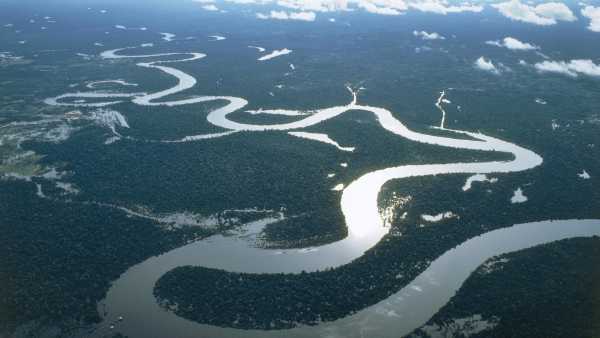
Even a slight reduction in the speed of the main Atlantic currents poses a “colossal threat” to tropical forests.
-

In 2023, 96% of the world's oceans will experience abnormally high temperatures, a study has found.
-
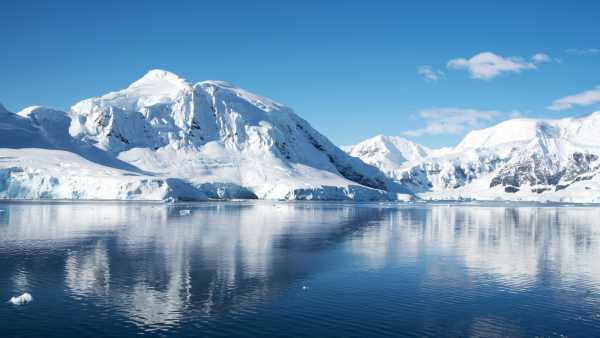
Antarctic transformations 'will have global impact on future generations'
“The tipping point risk is significantly higher than previous estimates,” Sybren Drijfhout, an oceanographer at the University of Southampton and the University of Utrecht, wrote in an email to Live Science. She estimates that the probability of the AMOC collapsing this century is 50%, a figure supported by her recent study in Environment Research Letters.
An analysis of climate models beyond 2100 found that high-emissions scenarios (~8°F/4.4°C warming) inevitably lead to a collapse of the AMOC. Even the Paris Agreement targets (below 2.7°F/1.5°C) triggered a collapse in two models, indicating that the risks had been underestimated earlier.
In a paper published August 24 in the Journal of Geophysical Research: Oceans, testing 25 models found a new indicator of the AMOC tipping point. Unlike traditional parameters such as surface temperature, this one is based on the dynamics of the Atlantic circulation, explained lead author René van Westen.
Van Westen's team had previously found that the freshwater flow at 34°S serves as a marker of system stability. However, its effectiveness declines with rapid warming, prompting the development of a new indicator.
“Our task was to create a parameter that is relevant in the context of climate change,” the scientist noted.
New AMOC Strength Marker
The researchers focused on the mass of water submerged in the North Atlantic, a key element of the AMOC.
Warm surface waters, cooling in northern latitudes, become denser and sink, forming deep currents. This process, known as deep water formation, is measured through density changes or modeling. Its cessation marks the beginning of the collapse of the system.
“When the reading drops to zero, it means that the surface water has lost density and the sinking has stopped,” van Westen explained.
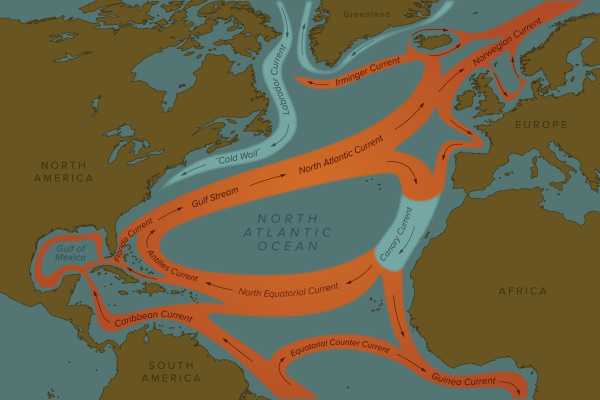
AMOC deep waters are formed in the North Atlantic and polar seas.
The process is already slowing down due to global warming and melting ice: warm air prevents the water from cooling, and fresh melt water reduces its salinity and density.
Scientists have identified a parameter of “surface buoyancy” that combines temperature and salt changes. Its analysis in climate models has shown a clear connection with the intensity of AMOC.
“This parameter is universal for most models,” van Westen emphasized.
Until 2020, the indicator remained stable, confirming the resilience of the system. However, since 2020, its growth indicates a weakening of the AMEC. High emissions scenarios accelerate the collapse, highlighting the urgent need to reduce carbon emissions.
“Collapse can be prevented with zero emissions by 2050,” the scientist said.
“A Serious Climate Alarm”
Drijfhout considers a collapse in the 2060s likely and “extremely worrying,” but notes the uncertainty surrounding the exact timing.
Europe will be hit the hardest: colder weather, reduced precipitation (up to -30% of crop yields), more frequent storms and floods. The US East Coast will face rising sea levels, and disruptions to the Asian-African monsoons.
RELATED STORIES
— The backup system could delay the collapse of the Atlantic currents.
— The Atlantic circulation is losing strength faster than predicted.
— The mystery of the anomalous “cold spot” in the Atlantic has been solved
European Commissioner Wopke Hoekstra called the study an “alarming climate signal”, highlighting the risk of the Gulf Stream disappearing in the coming decades.
The effects of the collapse will be gradual: it will take a century for the AMOC to weaken significantly, but Drijfhout predicts a 50-year “transition period.”
“AMOC is like a fire without fuel – it smolders until it finally goes out,” the expert concluded.

Sasha PareSocial Link NavigationStaff Writer
Sasha is a regular contributor to Live Science (UK). She holds a degree in biology from the University of Southampton and an MA in science communication from Imperial College London. Her work has appeared in The Guardian and Zoe. Her hobbies include tennis, baking, and vintage treasure hunting.
You must verify your public display name before commenting.
Please log out and log back in. You will then be prompted to enter a display name.
Exit Read more
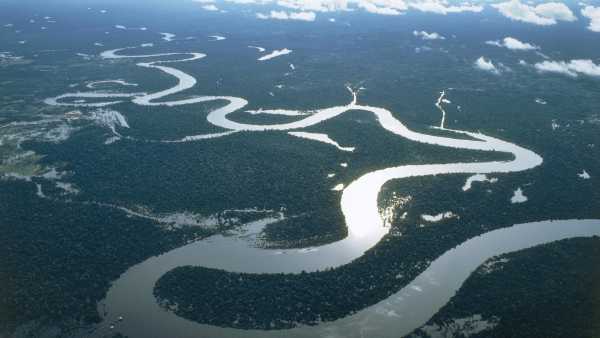
Even a small slowdown in key Atlantic currents poses a 'massive risk' to tropical forests.

According to a new study, 96% of the world's oceans will experience extreme heat in 2023.
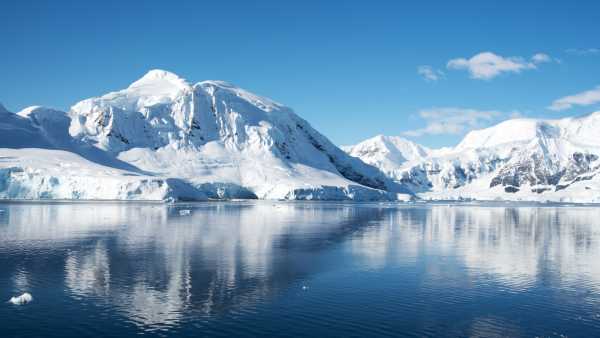
Drastic changes happening in Antarctica 'will impact the world for generations to come'
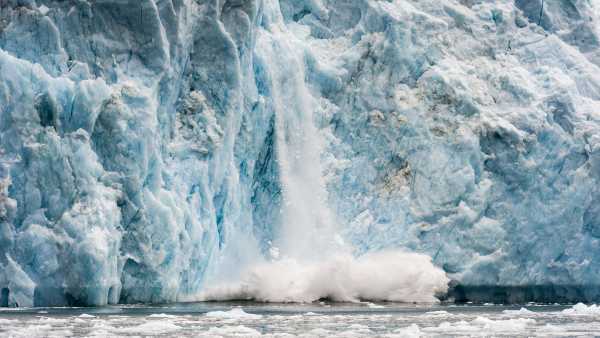
Humanity could be just three years away from climate change tipping point, report warns

In just three years, we will reach a critical climate threshold. Can we reverse course?
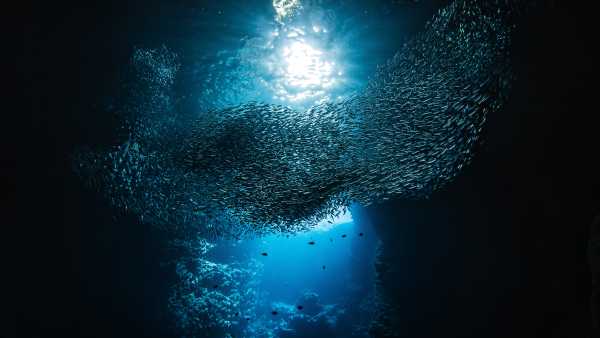
Earth's oceans are a 'ticking time bomb' as acidity levels reach 'danger zone', study finds Latest Climate Change News
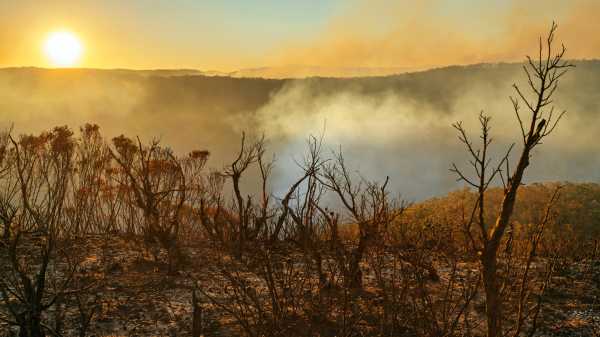
'Like a creeping mold spreading across the landscape': study finds isolated arid areas around the world are coalescing into 'mega-arid' regions at alarming rates
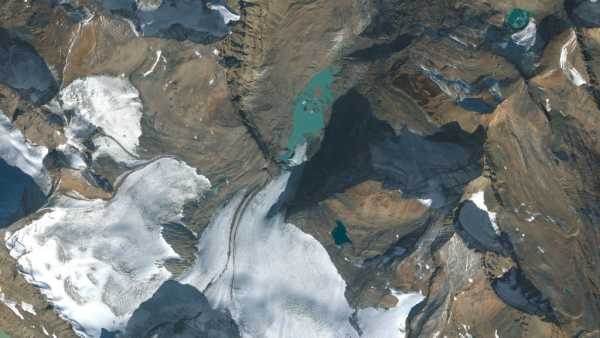
Glaciers in North America and Europe have lost “unprecedented” amounts of ice in the past four years.
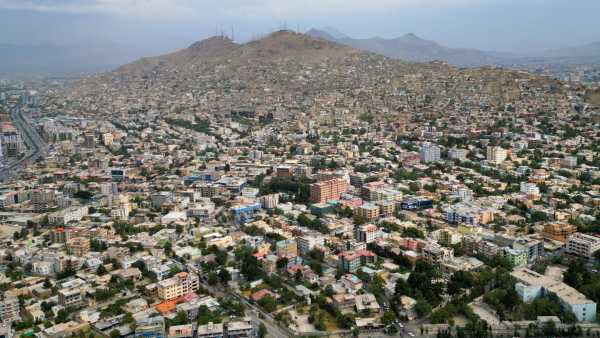
Kabul Could Become the First Modern Capital to Run Out of Water — Here's Why

The study found that new, previously unseen, man-made seasons appear to be developing on Earth.

Amazon Peatlands Stop Absorbing Carbon. What Does That Mean?

In just three years, we will reach a critical climate threshold. Can we reverse the course? Latest news
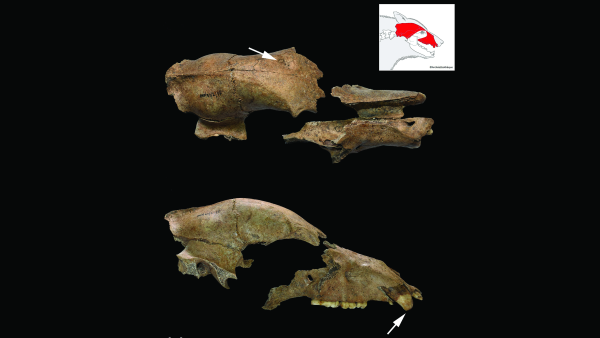
Skull of bear captured to fight Roman gladiators found near ancient amphitheater in Serbia
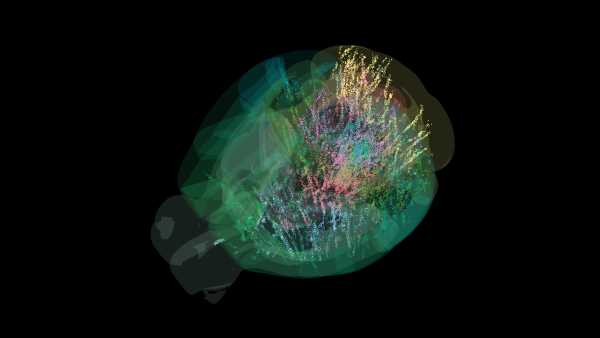
Map of 600,000 Brain Cells Rewrites Textbook on How the Brain Makes Decisions

James Webb telescope detects strange disk around star that could shatter planet formation theories

A new study has found that a key Atlantic current could begin to weaken as early as 2055.
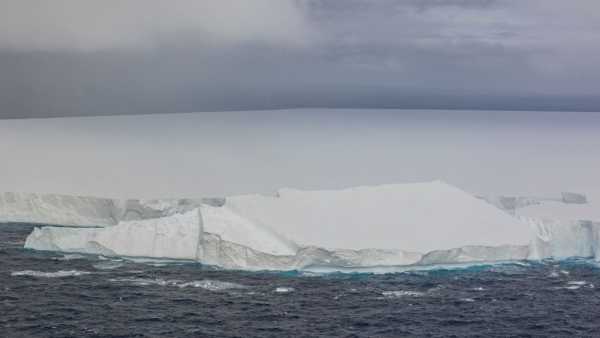
The 40-year-old 'queen of icebergs' A23a is no longer the world's largest, having lost several 'very large chunks' since May.

A study has found that Venice's famous winged lion statue may actually date back to China's Tang Dynasty. LATEST ARTICLES

1The James Webb Space Telescope has spotted a strange disk around a star that could shatter planet formation theories.
Live Science is part of Future US Inc., an international media group and leading digital publisher. Visit our corporate website.
- About Us
- Contact Future experts
- Terms and Conditions
- Privacy Policy
- Cookie Policy
- Accessibility Statement
- Advertise with us
- Web Notifications
- Career
- Editorial Standards
- How to present history to us
© Future US, Inc. Full 7th Floor, 130 West 42nd Street, New York, NY 10036.
var dfp_config = { “site_platform”: “vanilla”, “keywords”: “type-news-daily,serversidehawk,videoarticle,van-enable-adviser-
Sourse: www.livescience.com





